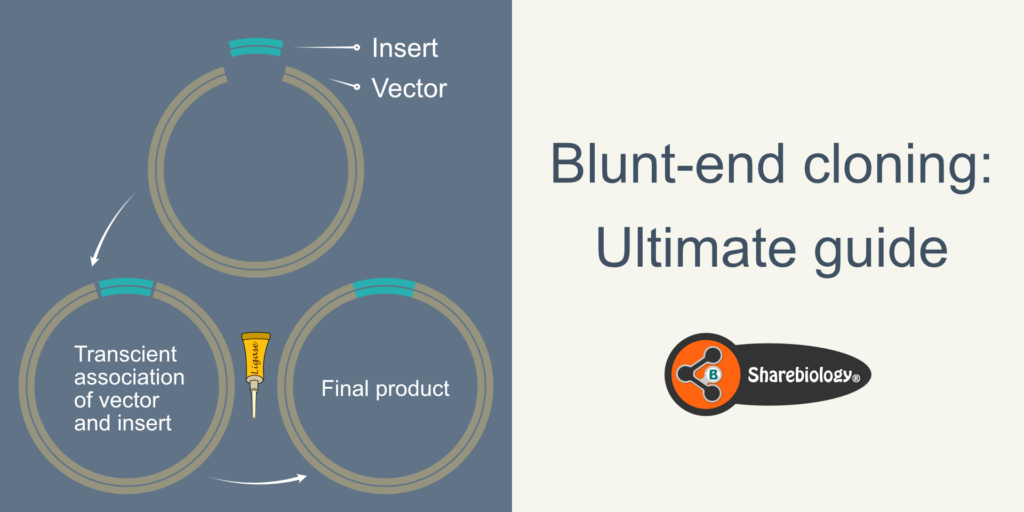Cloning methods

Blunt-end cloning: Ultimate guide
Blunt-end cloning is a universal cloning method. In this article, you will learn history, applications, advantages, limitations, and cloning procedure…
Blunt-end TOPO Cloning
Blunt-end TOPO cloning is a better alternative to the conventional (ligation-based) cloning method. This article discusses the principle, advantages, and…
Directional TOPO Cloning
Directional TOPO cloning is an easy sub-cloning method to clone DNA fragments without ligase. This article discusses the principle, advantages,…
Gibson assembly
Gibson assembly is one of the most used methods for seamless cloning. In this article, you will learn history, applications,…
Gibson assembly vs. In-Fusion cloning
Gibson assembly and In-Fusion are the two most used cloning methods for scar-free cloning of multiple DNA fragments. This article…
In-Fusion Cloning
In-Fusion cloning is one of the most used methods for seamless cloning. In this article, you will learn history, applications,…
Primer Designing – Demonstration step by step
Primer designing is the first and one of the critical steps for successful cloning. In this article, we have demonstrated…
TA cloning: Ultimate guide
TA cloning is a universal cloning method. In this article, you will learn history, applications, advantages, limitations, and cloning procedure…
TOPO TA Cloning
TOPO TA cloning is a better alternative to the conventional (ligation-based) TA cloning method. This article discusses the principle, advantages,…